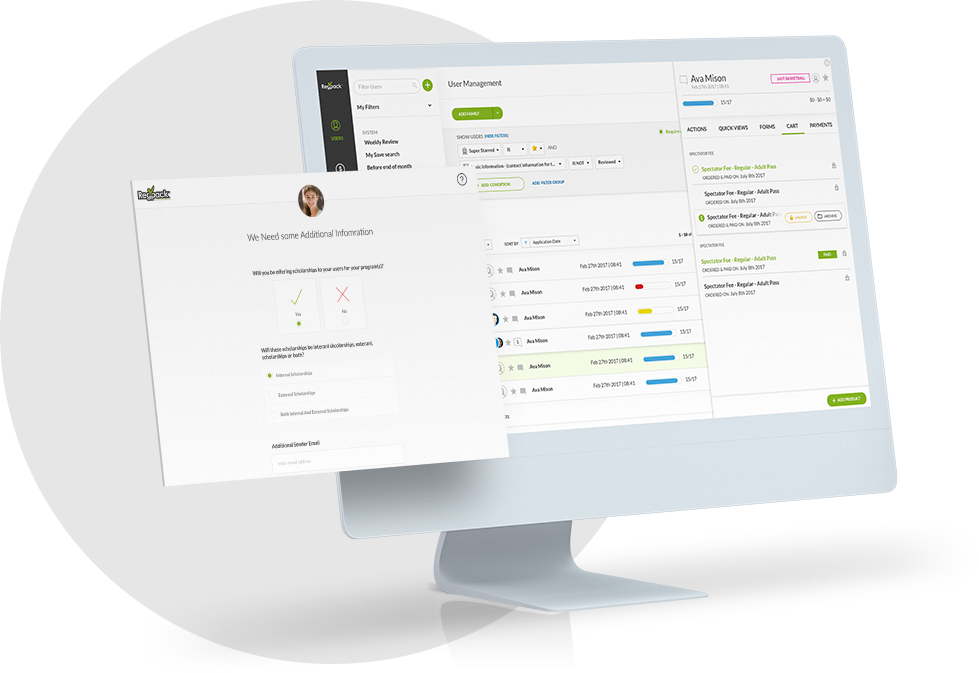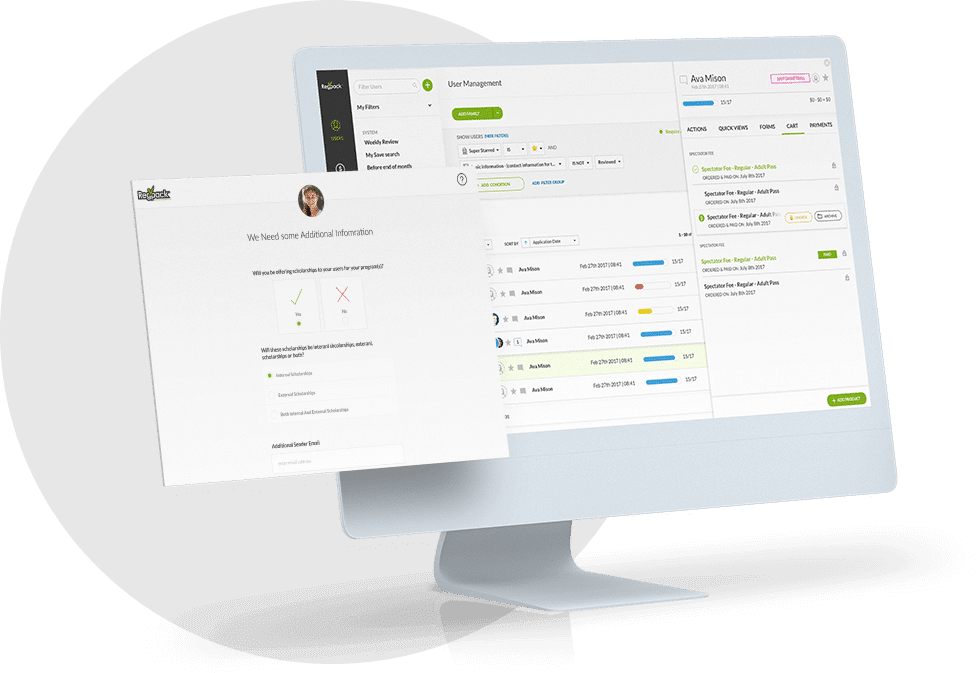Here is a not-so-fun fact for you: 30% of SaaS companies have reported their churn rates have increased in 2021.
Even if your churn rates are acceptable (some say you should be fine with 5-7% annually), it’s best to always have a strategy in place to reduce it as best as you can.
Churn management is vital for keeping SaaS companies in business.
Here are some valuable strategies you can implement in your business and see your profits grow.
Targeting the Right Users
Targeting the right users will help you avoid bad ones for your business. They say you can’t target everyone, but you can sell to everyone.
Marketing should be about targeting users who will understand your product and use it.
Targeting the incorrect audience is inefficient as it leads to a high churn rate, wasting valuable resources. By identifying the right user, you will understand your niche better and thus increase your chances of dominating the field.
Streamlining your marketing campaigns also means you’re saving costs on ads and creating relevant content for the users who will benefit from your product. Costs are a significant factor in why you should stick to the right customers. A lack of resources can also hinder growth and increase churn.
Moreover, unhappy customers can damage your brand and reputation because they tend to complain. They’re likely to spread negative things about you to everyone they know.
Essentially, you end up spending more money on those who will not appreciate you—when those resources could be used to maintain a good relationship with valuable customers.
If you’re targeting the right users, you can create the right environment and mindset to turn them into advocates, and even brand ambassadors.
A good reputation is a key factor in why some users stay with you and bring others to you. While having many leads is good, the only successful companies are those that have high customer satisfaction and customer loyalty.
Being Transparent
Transparency and accountability will improve your standing with the existing customers and bring in new ones.
In the traditional software business, sales teams would only disclose enough information to close the deal. They worked on a one-time purchase, and maintaining a stable relationship with their current customers was less important.
SaaS companies play a different game.
The customer has the luxury of trying out a product before they commit to buying it. They’re cautious in deciding if a service is the right fit for them, and they can walk out any time they want.
For a SaaS company, being secretive and not disclosing relevant information would mean certain failure. When you’re upfront about your company and product features, you set the foundations for a long-term relationship with the right client. The larger the commitment, the more risk is involved, and SaaS companies can’t afford to diminish their customer base.
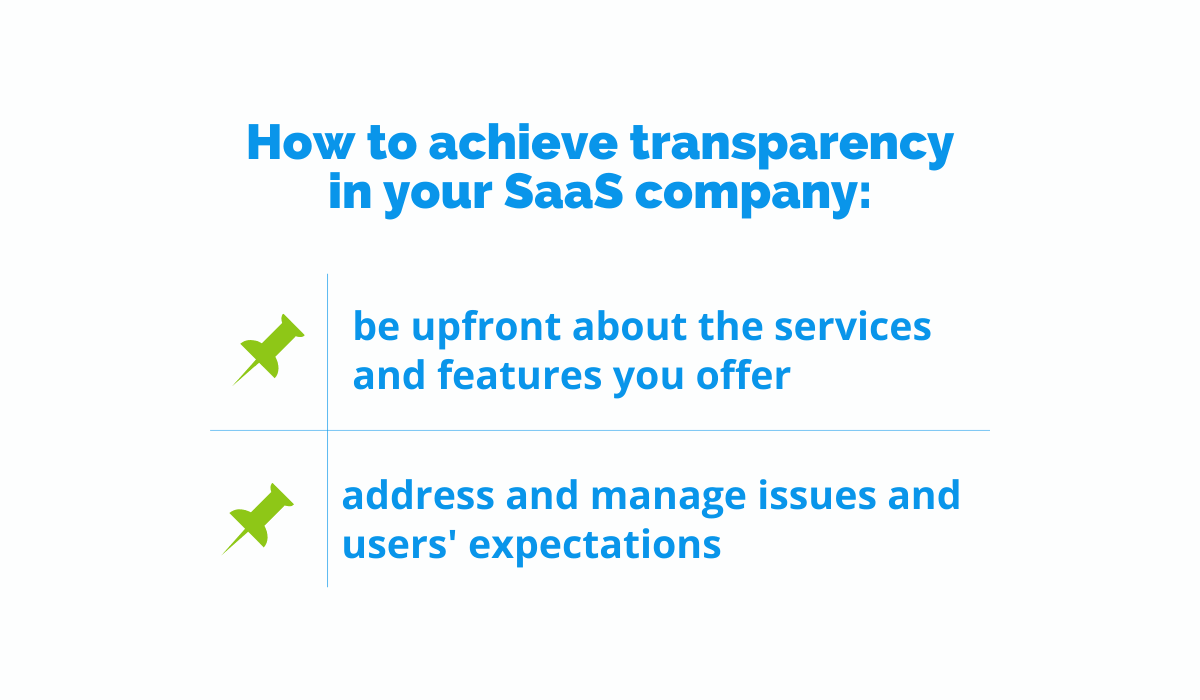
What are the ways to achieve this?
First, be upfront about what you offer. If a potential client isn’t a good fit for your company, you should tell them. There is no point in wasting both of your time and resources on a business relationship that will not last.
Second, since SaaS is cloud-based, there are bound to be issues beyond your control when maintaining such a service. One key to transparency is to manage your users’ expectations to prevent frustrations. You should let them know about any server downtimes, performance issues, and scheduled maintenance times ahead of time. This will improve your customer experience and leave a better impression on you.
Transparency is a window into a SaaS business, and users are more willing to stick around if they know they can trust you.
Recovering Failed Payments
Avoid unnecessary friction due to failed payments. Parting people with their money is a sensitive job, so the process must go smoothly. Since most payments happen online and are connected to users’ cards, everything is automated, but it does come with its own set of problems.
We’ve already discussed involuntary churn related to payments in previous posts.
Bad things happen all the time, and it’s not your fault—or your user’s. The important thing is to do your best to prevent any issues you can because although your client is willing to pay for your service, some problems they encounter might give them an exit strategy.
There are things you can do for your business to prevent churn and increase customer retention.
Every payment goes through a series of steps, so in case of a failed payment cycle, you can analyze the data to identify where the problem lies. Make a note of which type of failed payments you’re frequently experiencing, investigate all the sensitive spots in the process where things can go wrong, and take precautionary steps. For instance, if you have many soft declines, your best strategies are sending in-app notifications and dunning emails.
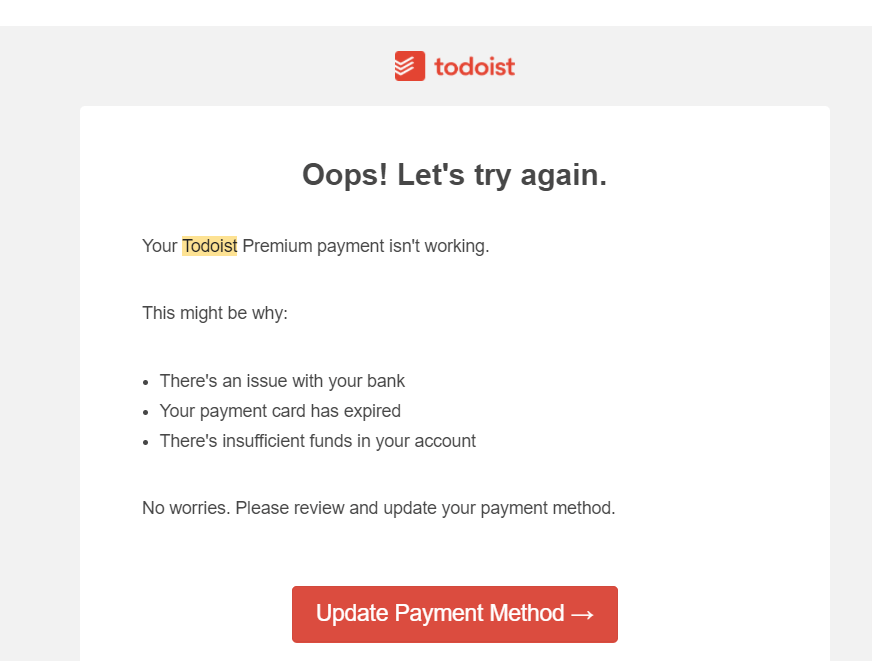
With in-app notifications, your customers are already using your product, so you can reach them in time and remind them to update their card details. They might take immediate action, but if they don’t, then emails are your second-best choice.
With dunning emails, it’s important to space them out and give customers enough time to take action on their own. Otherwise, you might seem too pushy, like a shark hunting them down for something out of their control. That could ruin your reputation.
Best practices for dunning emails are the following:
- Keep them simple and professional. A problem occurred, and you need to get to the core of it. Tell your client what happened and suggest some ways to fix the issue.
- Remind them of your value proposition. It’s not enough just to ask them to pay. It’s also advisable to remind them how your product has helped them so far and what they’ll lose if they don’t take immediate action.
Software solutions like RegPack can help you with the billing process, save you time, and help you avoid stress because of failed payments.
Using Segments to Analyze Churn
Identify at-risk customers within your total customer base who are more likely to churn and take proactive measures to prevent it from happening.
We’ve already established that customer attrition is inevitable. However, some types of users are more likely to leave than others, and it’s up to you to find out why.
Segmentation can help you identify pain points for each group in your user base so that you can give them special attention. In B2B, marketing segmentation can happen based on industry, location, product category, number of employees, and several other factors. User segmentation is useful from the onboarding stage. Here’s an example of using user segmentation:
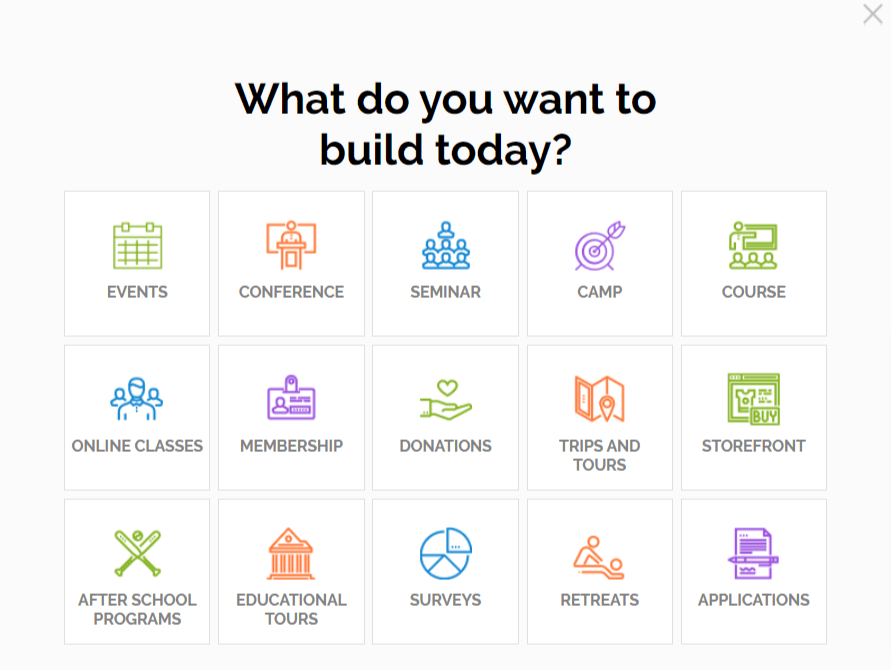
Segmentation gives you insights into what your clients need. This strategy has helped 35% of B2B companies lower their customer churn rate, and it’s also one of the easiest ways to do so. If you have already implemented segmentation for your onboarding, you can reuse that data to prevent churn.
Take proactive steps to find out who needs more attention and who you should contact more often. After analyzing reasons for churn, focus on anticipating customer behavior within specific groups and preventing them from happening. Give them what they want even before they ask for it.
Understanding your user and streamlining your resources effectively to address their concerns is the best strategy to prevent churn.
Creating a Great Onboarding Program
A great onboarding program is the starting point for managing churn. The highest average churn rate happens at the very beginning of your onboarding process.
Those first steps of the customer journey, once your new customer signs up for your service and finds value in your product, are essential and have to be handled with care.
Now, your new sign-ups must become active users. The goal is to keep your promise of value. You have to keep providing it even after they’ve become an engaged user. This is where onboarding comes into play.
This is where onboarding comes to play.
Make your users understand from the get-go how they’ll benefit from using your product.
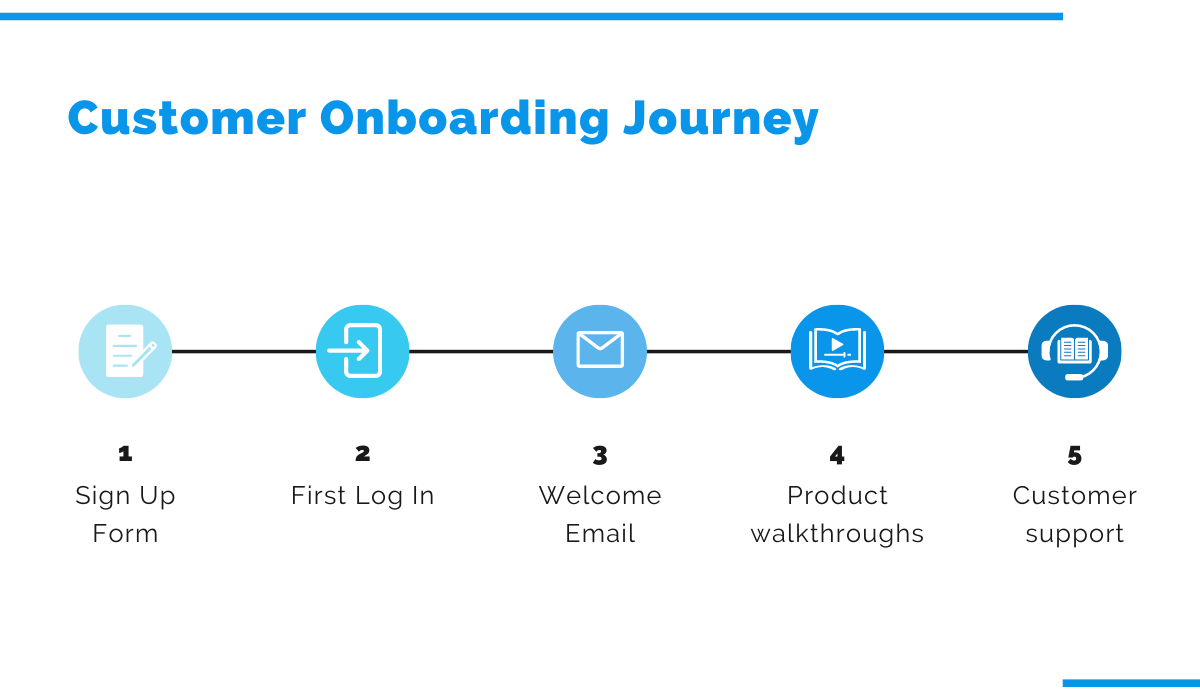
Continuously improving your service to offer value is essential, even with long-standing users—otherwise, you’ll lose them. Tweak your product to fit their needs, listen to your target market, and focus on exceeding their expectations.
We’ve already mentioned the benefits of segmentation, and nowhere is it more important than in the onboarding process. Different users have different needs, even though they use the same product. Point to features that are most relevant to them and make their CTAs quick and straightforward while keeping in mind their differing levels of technical expertise.
Invest in an onboarding experience that will keep your users engaged and have meaningful experiences.
Using Customer Feedback
Ask your customers for valuable feedback on their experience with your product.
Your users are not just there to give you money and keep you in business, but they’re also helpful in providing information about your company and your product that helps you improve. Gathering customer feedback is an integral part of your churn management tools.
According to some sources, 96% of customers will not say anything, and almost 32% of users will stop using a service after one bad experience.
Here’s what you can do: take the complaints you do have seriously.
In some cases, even your most dissatisfied users can become your most loyal advocates. The most important thing is to listen to them and fix their problems. Show them you care about them and their goals.
Then, provide channels for better communication: engage with them through social media, emails, calls, and customer service to find out what they’re thinking and feeling. Create opportunities for them to share their opinion with you.
Surveys are one of the most popular ways to get feedback because respondents are used to their premise. A simple plugin on your website should do the trick.
Other ways are help desks and live chat. They are a quick way to gather in-time individual feedback that will help you get more leads for your company. You can fix any particular issues at hand, and it allows you to get to know your user on a more personal level.
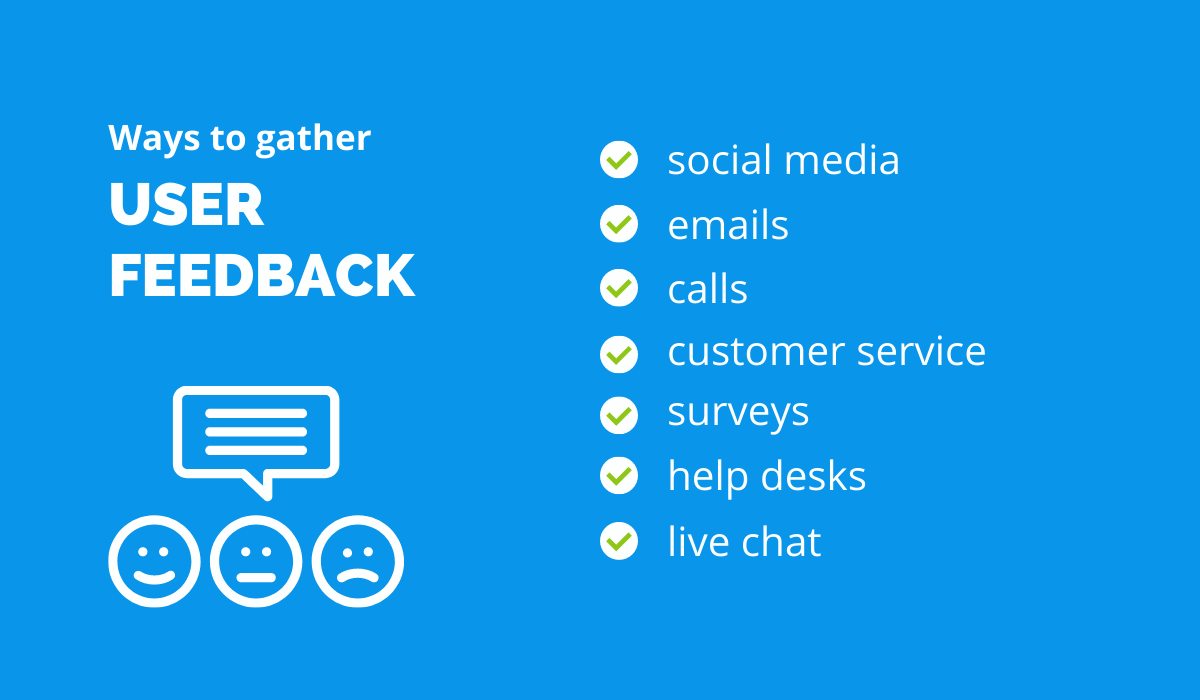
Getting constructive feedback from your users is essential for your company’s growth and for effective churn management.
Prioritizing Education
If your users are properly educated on using your product, they’ll have fewer problems in adopting it.
Teaching your users how to use your product effectively should be a no-brainer, right? That’s why you created your product in the first place, to have people use it.
Customer education typically focuses on content designed to help during initial onboarding, engaging new users, and retaining existing ones. They are invaluable tools to make users see the value in your product with more in-depth instruction.
Good education programs can affect different parts of the business:
- increasing NPS
- reduce cost for customer support systems
- improve product adoption
- drive higher volume of leads
- increase renewals.
Investing in different ways of education based on your user base can help your company grow and reach long-term success.
In B2B SaaS, having some form of educational content or program for your users is almost unavoidable. The nature of that program will depend on your user base, product complexity, and the level of expertise your users have. You can use anything from webinars, video tutorials, and blog posts to infographics.
Webinars are useful when you want to provide a basic or detailed walkthrough of your product, while simpler video tutorials offer a more engaging experience.
Infographics come in handy for the easy presentation of more complex data, whereas blog posts allow you to offer an accessible and digestible run-through of important information.
Customer education programs are here to make product adoption faster and help your users engage with your product more easily after they’ve found value in it long-term.
Offering Rewards and Benefits
You should offer rewards and benefits to your most loyal users.
People are predictable in their behavior, and businesses have always taken advantage of that. Users want deals and bargains, so there is no reason not to offer them some.
A reward system is an excellent method to keep your users. Airtable does is nicely:
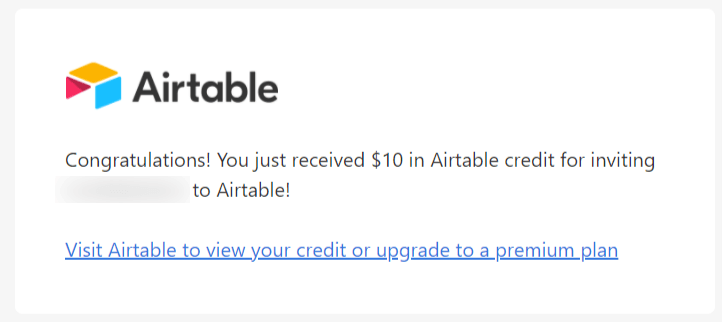
You’re basically encouraging them to continue doing business with you or come back after a first cancellation. When users get reward points or credit in their account to spend on your product, they’re more likely to stick to it.
Think about your company and your business values, then tie your offers with something that your users will appreciate. Sending them a branded pen or a T-shirt might be overdone, so you need to identify their customer persona and change your rewards system accordingly.
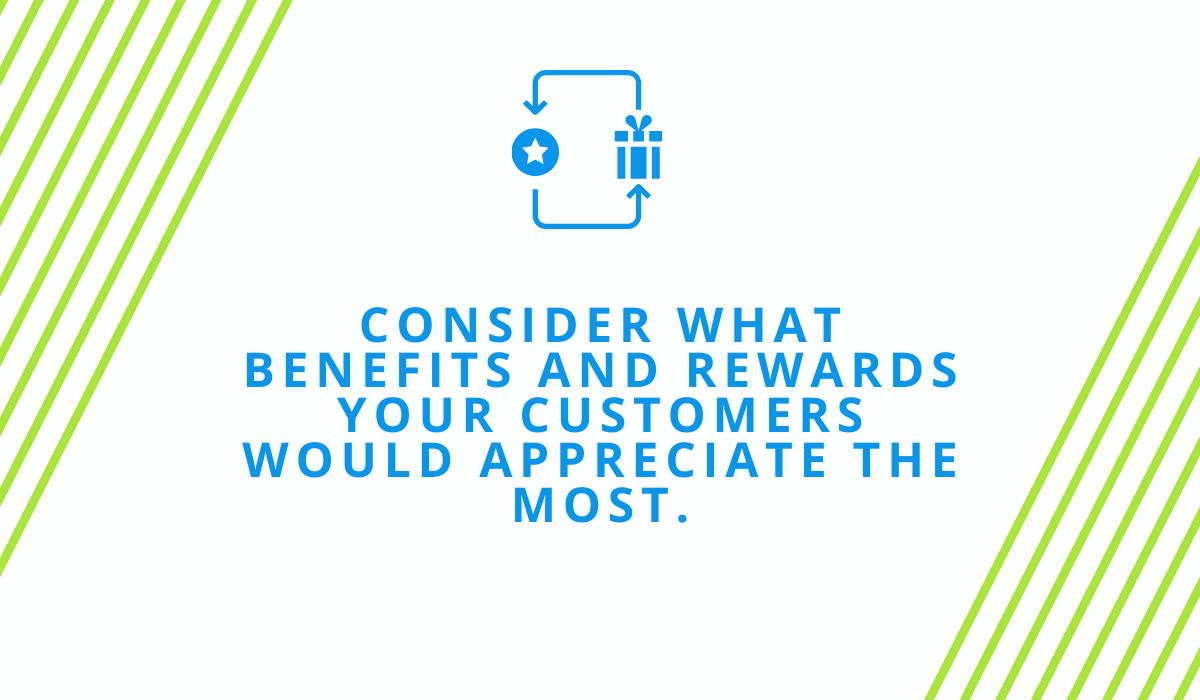
Maybe they’d like some extra features? A discount for the next three-month period? Do your research and give them what they find the most useful.
Furthermore, failing to implement a rewards system or offering benefits to your users might hurt you.
Your competitor might have a worse product, but they offer a 20% discount to new sign-ups, and your potential clients might see that as a better offer than what they’re getting from you.
One thing to remember about reward systems is not to make them too complicated. Your users should take only minimal steps to get to that reward. Also, take feedback on your rewards system. How do the users feel about it? Is there something they wish they could get from you to increase their engagement?
Rewards systems and deals are a regular practice in every business, and SaaS is no exception.
Focusing on the Most Valuable Users
Zero in on those users who give you the highest Monthly Recurring Revenue and Average Revenue Per Unit.
Every customer is valuable, from your freemium users to those with an enterprise plan, so you should care about all your users.
As great as they are, losing your lowest-paying users might not affect you as much as losing your highest-paying ones.
When you have a lot of users, you can’t reach all of them.
The safest solution is to automate and simplify outreach processes to those who are least valuable and redirect your resources and human contacts to those users with the higher recurring revenue.
When it comes to churn, you should focus more on the profitability of a particular user rather than their number.
It is much more important to see who leaves than how many users do, and it directly impacts your company’s revenue.
MRR, ARPPU and ARPU should help you determine who you don’t want to lose. This will also help reduce your churn rate and Cost of Customer Acquisition (CAC).
Segment your user base according to profitability and likelihood to leave. This information can help you predict churn.
Look into engaging with them more frequently, create a great customer success program for them, and ensure that you implement the proper methods to fix their problems.
All customers are equal, but you should pay more attention to those who bring you more profit.
Having Better Customer Service
Improve your customer service for a better user experience.
What does customer service actually mean? It is providing continuous support to your users after a sale and developing a support team for their post-sale needs. In practice, it means responding to their questions and solving problems. It also means continued education about your product and reaching success.
89% of companies think that customer service is the key to loyalty and retention.
You should then be concerned that 67% of customers reveal that they left a product or service due to a bad customer service experience.
Any user who wants to stay long-term is bound to encounter problems. It’s mostly about how quickly you can solve them that determines their satisfaction.
Another thing is that great customer service helps with the process of upselling and increases overall revenue. If your users are happy with how you treat them, they’re more likely to upgrade their subscription plan and see more value in a reliable relationship.
Happy customers are great referrals, and sometimes word of mouth is more powerful than anything else. They will bring you more leads and help with churn rates.
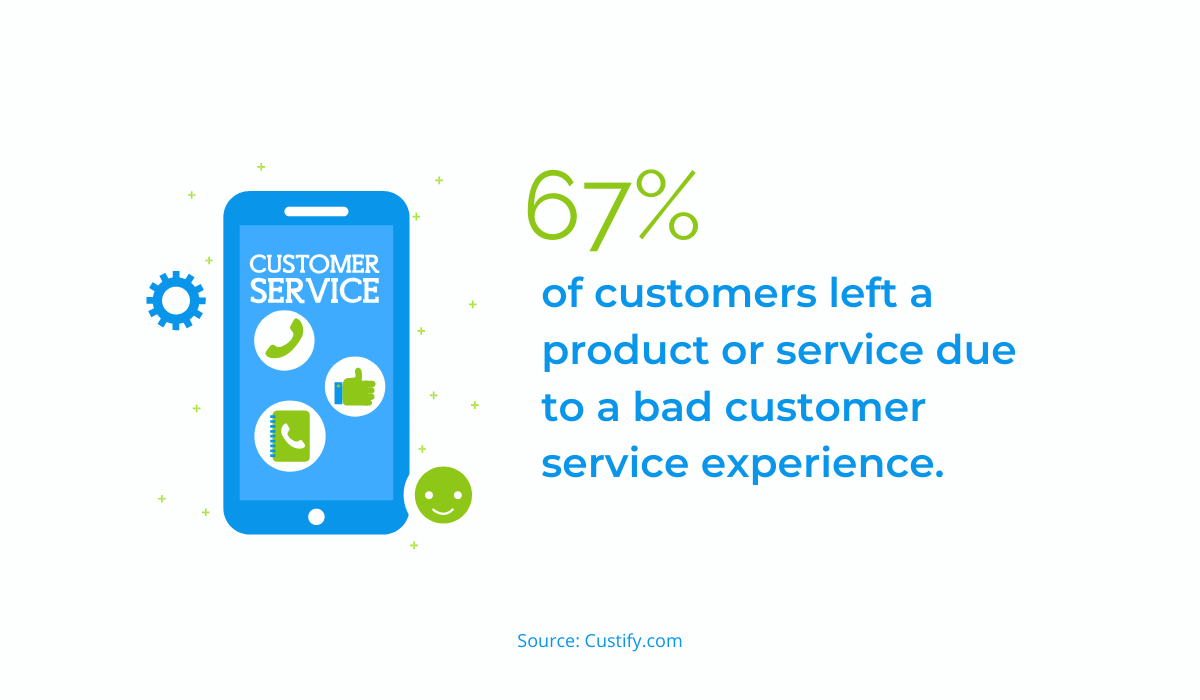
One great way to ensure great customer service is to build a great team for support. While more and more people are keener on using self-service channels to air their grievances, there are still many people who prefer human contact.
Now, with the knowledge that 67% of customers said that friendly support team members were crucial for their user experience, it’s vital to have an excellent team to give that expected support.
Your customer support hours should be flexible and mindful of users in different time zones.
This is also an added benefit for your employees, as it allows them to have a flexible schedule and plan their working hours while maintaining a good work-life balance.
Additionally, consider the number of agents you’ll need so they can respond to your users on time.
Your users will become frustrated if they have to wait several days for a callback.
Whatever approach you have with your customer service, it’s essential that it’s efficient and serves your users’ needs.
Offering Longer Contracts
Offer longer contracts so your users can stick around for longer.
Multi-year contracts with an average of 2.5 years have a churn rate of 8.5%. Monthly contracts, on the other hand, have a churn rate of 16%.
Why is that? Well, one simple reason is that once you lock in your user in their yearly contract, they’re more likely to stick with you. You’ve given them enough time to consider your product value, and they’ll be happier to continue their business with you in the future.
With monthly active users, they have the opportunity to opt out 12 times a year and reevaluate your benefits every few weeks. One bad experience can mean higher churn rates for monthly contracts when yearly users and their overall experience remain unaffected. Longer contracts also inspire users to get a return on the money they spend.
Let’s take a look at one of the most successful SaaS businesses.
Salesforce offers a wide variety of subscription plans, but their contracts are mostly annual, and they have a 91% retention rate.
Almost 54% of companies are now offering annual contracts, and they’re finding it’s an excellent solution for their company and their customers.
Your users might enjoy higher discounts from annual contracts, protection from price increases (it usually goes up 5-7% annually in SaaS), and saving time on renegotiating contracts and researching new services. You’ll, in turn, enjoy lower churn rates and more stable recurring revenue.
Conclusion
Preventing churn from happening is a futile job. It is bound to happen no matter what. But there are some key strategies that you can implement to minimize it.
Start by targeting the right user, offer incentives and great onboarding experiences coupled with responsive customer service, and you can drastically reduce your customer turnover in those initial moments of acquisition.
Once the honeymoon period passes, focus on more nuanced strategies like offering loyalty programs, longer contracts, and recovering failed payments.
Don’t forget to ask your users for their opinion. You want to bank on that great relationship you’ve built so far.
Now that you’ve learned about the best strategies for churn management, it’s time to go and apply them to your business.









